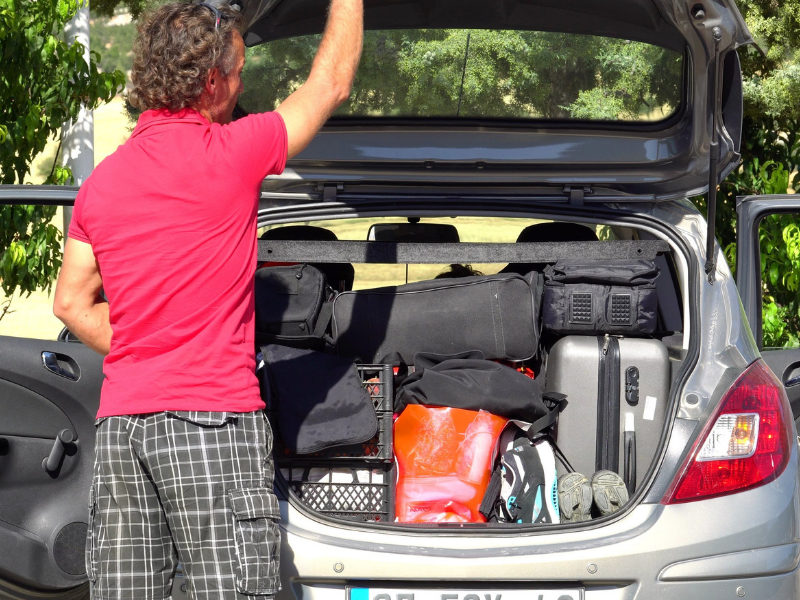If you’re driving in Europe, you’ll need to take your driving licence with you. The DVLA advises any driver travelling abroad to carry a photocard licence, rather than an all-paper version. This isn’t obligatory, but it may make your journey easier.
The UK and EU have agreed an extension to Article 50 until 31 October 2019 at the latest, so while no deal remains the legal default at the end of this extension period, it’s now unlikely that there will be any changes affecting European travel this summer e.g. you will not need to carry an IDP (or insurance green card) to drive in an EU country.
If there is eventually a ‘no-deal’ Brexit then mutual recognition of driving licences between the UK and EU may end, and UK drivers wishing to drive in Europe may need to get an International Driving Permit (IDP).
While Switzerland isn’t in either the European Union or European Economic Area, UK driving licences are also valid there provided the holder is 18 or over.
If you’re planning a road trip further afield, check here to find out if you’ll need an International Driving Permit (IDP).
These are required or recommended in over 140 countries, for example Thailand and India. Drive without one where it’s needed and you risk trouble with the authorities, and may be refused a hire car.
IDP’s are available at selected Post Offices, they last a year, and you can apply up to three months in advance of going away. Click here to find your nearest Post Office branch that offers the IDP service.
Has your driving licence expired? It may sound obvious, but it’s an easy one to miss at any time, let alone when driving abroad. So before you depart, check the expiry date on your current licence. If it’s due to expire before your planned return from Europe, you’ll need to renew before you go.
Hiring a car? Request a DVLA code to take with you
If you’re hiring a car abroad, your hire company may require a DVLA code to enable them to check your full licence details. So to make your trip as pain free as possible, before travelling you can go online to obtain a DVLA code to give to your hire company when you collect your car. Each code is valid for 21 days from the date you obtain it and it can only be used once (to protect your privacy).
